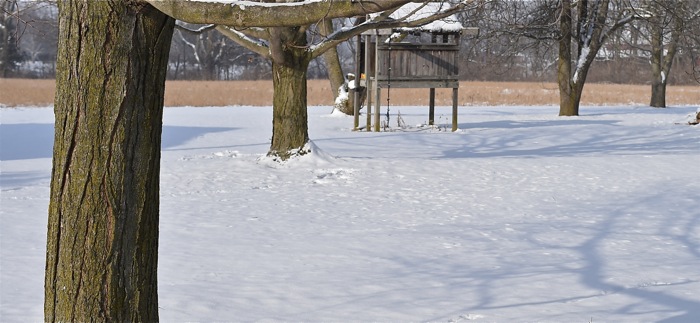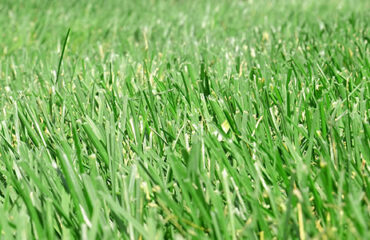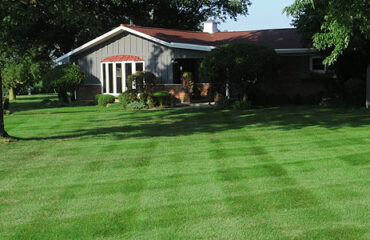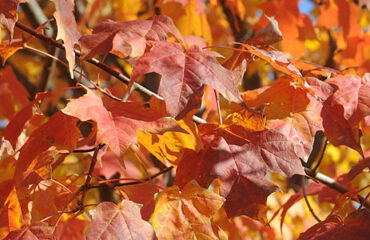With so much misinformation out there about feeding (fertilizing) your lawn, here’s some scientific fact about why fall (and winter) feedings are often the best.
One, any time is a good time for nitrogen, but the best time is when it can be rapidly absorbed into the root system, and fall rains pretty much guarantee that.
Two, nitrogen fertilizer applied in the fall and winter turns to sugar, thereby providing a quick and soluble source of rapid, lush growth in the spring. There has always been some question as to when not to do dormant fertilizer, but anytime after the grass has stopped growing and before the ground freezes is just fine.
Three, you actually use less nitrogen in the fall and winter than you would in spring and summer, because unabsorbed nitrogen may leach out and into the groundwater…which is why you don’t want to apply nitrogen on hard frozen ground. It cannot be absorbed at all.
Finally, core aeration is always a good practice in the fall, because removing plugs allows for better absorption of fall feeding and oxygen to the root level of your plants. And the breakdown of those plugs on top of the ground has an added benefit because it helps make the surface of your lawn smoother without compacting the soil – actually better than rolling in the spring.
To those who say that too much nitrogen can harm your lawn? Grass plants are a living organism, just like people. Feed when you’re hungry, and don’t waste money on fertilizer that the grass can’t use.




